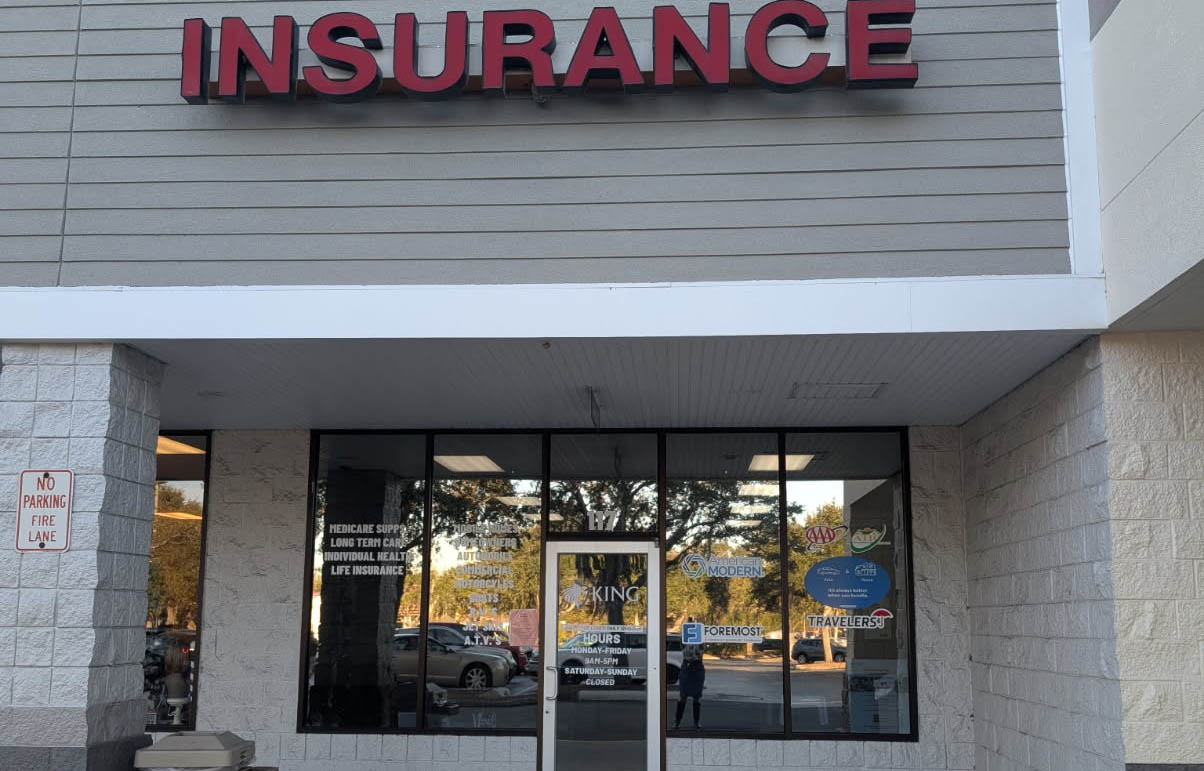News:
Brokerage
Posted: January 14, 2013
Letter of Intent - To Mezz or Not to Mezz
With senior lenders more conservative than in past years, bankers have been opening their doors to non-traditional alternatives to the fill the void in capital stack for qualified borrowers with well-positioned assets. It seems the stars have aligned for mezz lenders; a rapid increase in development in and around the boroughs, as well as a steady increase month-over-month in investment sales and produced a concrete outlook for 2013 and beyond. Close to $70 billion worth of maturities are coming due within the next year, and due to the inauspicious relationships between lenders and borrowers forged at the bottom of the market, borrowers will be on the lookout for alternative sources of capital.
During 2010/2011, we saw rates in the high teens as funds as well as mortgage REITs were able to "cherry pick" as the demand far out-weighted the number of players in the market. Rates have come down significantly since, reflecting a more stable market and increased competition among lenders.
The swelling number of borrowers on the prowl for these alternative loans has driven lenders to get on board and ride the wave. Traditional lenders, funds, REITs, and individuals themselves have instituted mezzanine lending programs that they may not have had in the past, and surely were not at the forefront of their agendas.
One of our recent assignments at Berko & Associates was to arrange for $9 million loan in junior position to a $34 million first position mortgage on a 104,000 s/f Chelsea office building. The borrower was a qualified investor and the loan came in at 14% (the first position loan was at 4.25%), since, we have most recently seen rates in the 11% range. Mezzanine may be pricey, but don't let that steer you away. Sometimes, it just makes sense to increase your leverage. Take for example, this hypothetical: If senior debt on a commercial property is 3.5% at 60% LTV, and a mezz loan at 11% brings the LTV up to 70%, the blended cost of capital 4.6%, a rate easily swallowed by any investor. Let's not forget that as a tool for the acquisition of a property by way of senior debt combined with a mezzanine loan, the necessary equity to transact is lowered, thereby allowing private investors to limit the number of potential partners involved.
Structuring a mezzanine loan does have its share of complex legal issues though, as both the senior and junior lenders must work out an intercreditor agreement to the satisfaction of all parties. The creditors will lie out on the table all of the different terms, conditions, and rights that each lender expects, which details the relationship between the creditors and the borrower. Since the junior position gets paid only after the senior debt is satisfied, the risk must be carefully mitigated. Typically, the second lien lender will have the option to acquire the senior debt position at par in the event of bankruptcy or borrower default as a way to protect its invested capital.
Lee Silpe is the senior analyst at Berko & Associates, New York, N.Y.
Tags:
Brokerage
MORE FROM Brokerage
Delisle and Monahan of Island Associates lease 45,000 s/f to Giunta’s Meat Farms at Strathmore Commons
Middle Island, NY Roger Delisle and Robert Monahan of Island Associates negotiated the lease for the Giunta’s Meat Farms to occupy 45,000 s/f at Strathmore Commons.

Columns and Thought Leadership

Lasting effects of eminent domain on commercial development - by Sebastian Jablonski
The state has the authority to seize all or part of privately owned commercial real estate for public use by the power of eminent domain. Although the state is constitutionally required to provide just compensation to the property owner, it frequently fails to account

AI comes to public relations, but be cautious, experts say - by Harry Zlokower
Last month Bisnow scheduled the New York AI & Technology cocktail event on commercial real estate, moderated by Tal Kerret, president, Silverstein Properties, and including tech officers from Rudin Management, Silverstein Properties, structural engineering company Thornton Tomasetti and the founder of Overlay Capital Build,

Strategic pause - by Shallini Mehra and Chirag Doshi
Many investors are in a period of strategic pause as New York City’s mayoral race approaches. A major inflection point came with the Democratic primary victory of Zohran Mamdani, a staunch tenant advocate, with a progressive housing platform which supports rent freezes for rent

Behind the post: Why reels, stories, and shorts work for CRE (and how to use them) - by Kimberly Zar Bloorian
Let’s be real: if you’re still only posting photos of properties, you’re missing out. Reels, Stories, and Shorts are where attention lives, and in commercial real estate, attention is currency.








.jpg)

.gif)